How is an Italian Christmas and an Italian Christmas dinner?
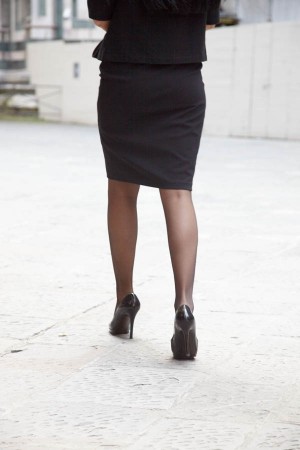
Italy is a strange country, difficult to understand. Even for the Italians themselves.
There is chaos in politics and in the traffic, but when it comes to food and drink you have to follow the rules. Otherwise you will be stared at or laughed at, and sometimes even shouted at.
In many ways the Italian society is still very traditional and old fashioned, both at home, in the school and at work. At the same time they make the most modern cars, the most luxurious fashion, and internationally acclaimed design.
Contradictory, paradoxical and strange indeed. It is very difficult to understand how it ties together. Even for someone who have lived and studied in the country for many years.
As if that was not enough, each of the nation’s twenty regions has its own history, its own dialect, and its own traditions. The local ties are very strong and to say that a certain parochialism or village thinking still remains is not to exaggerate.
To give a concrete example, when the Italian national football team plays you cheer above all for the players in the team that come from your local team, and only in second place you cheer for Italy.
Continued below.
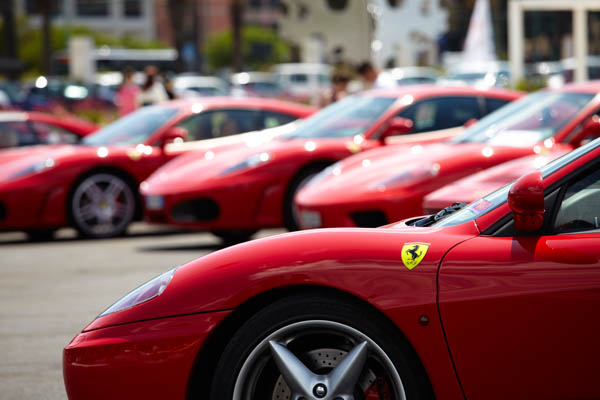
Christmas in every corner
If they can not agree on things in normal times, do not think it is any different at Christmas time. Nope.
In the South they do it this way and in the North they do it that way, and in the middle – a little bit in between the two. In some regions they still have the traditional Nativity Scene and in other regions they have become more modern; no nativity and instead they buy a Christmas tree.
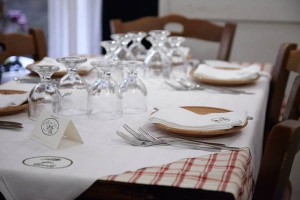
In Veneto, the region in the north-east corner of Italy, it is December 13 that is one of the most important dates of the year. That is the day when they celebrate Santa Lucia with festivities and celebrations all over the city. Celebrating Santa Lucia is even more important than Christmas itself.
In some parts of Italy they have a big celebration in the evening of December 24 while in other regions they have a long Christmas lunch on the 25th. Each region has its own traditions and customs and there are not really any common nation-wide traditions, apart from the fact that it is the birth of Christ that they celebrate.
Be it Christmas dinner och Christmas lunch, you have to prepare mentally to survive sitting at the table during the long hours that it takes to have a real Italian Christmas meal. The only thing that can be worse is an Italian wedding. That meal can take six or even eight hours. I think that the longest celebration meal that I have experienced in Italy was a wedding lunch in southern Italy where there were fourteen courses. Without counting all the side dishes and extras. At Christmas it is not quite as long. But almost.
Christmas at home in Tuscany: aperitivo to start with
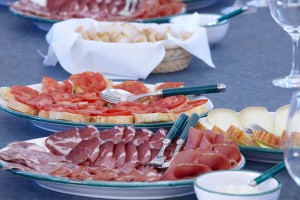
This is how we do it at home in my husband’s family in Tuscany.
Everything starts with an aperitif, drinks before dinner. You have aperitivo standing up and there are big dishes with crostini, the typical grilled slices of bread with different things on top, impossible to avoid in Tuscany. As topping you can have the “Swedish” marinated gravlax salmon (bought at Ikea!), paté made from chicken liver, salami, dry-cured ham, pickled vegetables and the newly pressed olive oil.
With that you drink a sparkling white wine that must come from Italy. Usually it is a Prosecco, a wine with not too much bubbles from the Veneto region, cheaper than the Italian version of Champagne that they call metodo classico.
Continued below
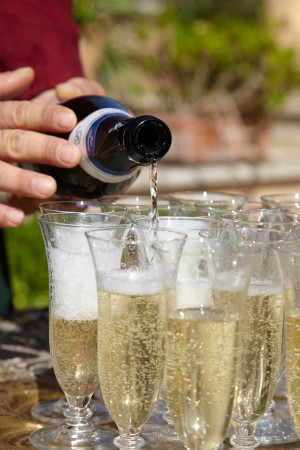
A tavola! I primi
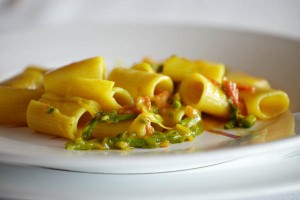
And then you sit down at the table. There you will begin with a serving of tortellini in home made (what did you think?) chicken broth, a dish with cannelloni filled with ricotta cheese and spinach, gratiné in the oven with a béchamel sauce and parmesan cheese (parmigiano reggiano) and, last but not least, mother-in-law’s very own lasagne.
The lasagne is always something that will be discussed. Did it have too much béchamel? Is it the right number of pasta layers? Father-in-law will no doubt think that mother-in-law has been lazy and not cooked the meat sauce for long enough. I and two other adopted (by marriage) outsiders insist that the lasagne is better than ever. We do that every year and mother-in-law is always so happy to hear our positive comments.
In Italy they do not think it is rude to discuss what you have on the plate. The person who has done the cooking is not offended by others having comments on what is served. Everyone knows and accepts that each one has a different taste, and you can always learn something new from another person. In addition, every Italian is convinced that hers (or his) recipe is the very best one so you do not really pay that much attention to what comments the other have.
And on it goes until all the primi dishes – the “first ones”, that are usually pasta or rice – are done with and everyone seems more or less content. By this point the children have already become tired of sitting at the table and it is OK to run a few rounds around the living-room before they come back to the table. There is no such thing as a “children’s table” at Italian dinners! Everyone sits together at the same table!
Continued below
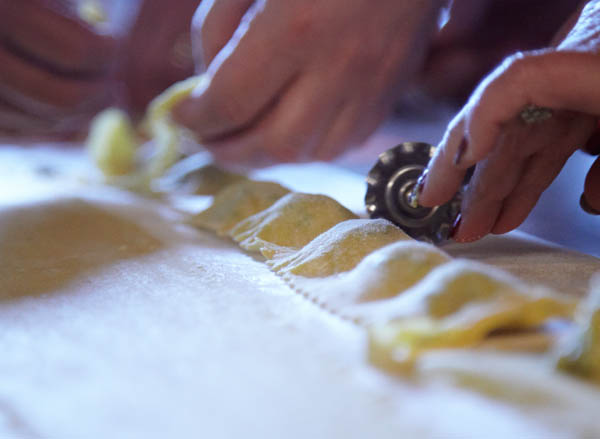
We’re no longer hungry! Arrivano i secondi
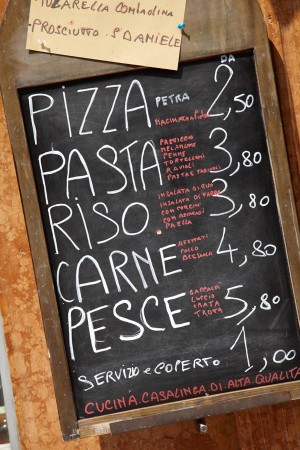
Now it is time for i secondi, in other words, the second round of food.
The role of father-in-law at the Christmas lunch is to prepare the barbeque meat skewers that are part of secondi. It takes him almost a day to prepare the spiedini, the skewers. You have nice, carefully cut, medium sized chunks of lamb, chicken and rabbit, alternating with sliced baguette that has been carefully rubbed with olive oil and sage.
Father-in-law grills the skewers in the open wood fireplace and if his cheeks are getting a bit of colour no one knows if it is because of the heat from the fire or from the red wine that he is sipping while cooking.
But it does not stop at the skewers. No way. Mother-in-law has made rabbit stew and grilled chicken. There are side dishes such as stewed cabbage, potatoes and different salads. A speciality is mother-in-law’s special small green peas that have simmered until they are soft in garlic, olive oil, sugar, water, salt, and pepper. The most delicious peas you can imagine!
Father-in-law’s winter salad comes from the vegetable garden in the backyard that at this time of the year is quiet and peaceful but still manages to produce a few – delicious – winter vegetables.
And what do you drink? Bibite. And dessert!
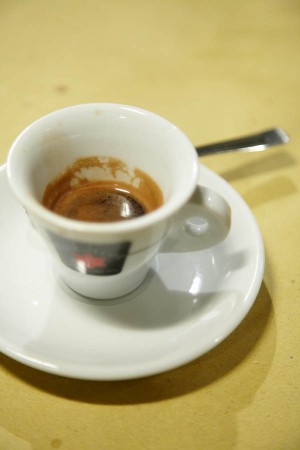
Red wine is what you drink all through lunch. As with many other things the Italians are very local in their choice of what to drink and it is not even worth mentioning that it will be Tuscan wines that are poured in the glasses. The only exception is the aperitif where “foreign” wines are allowed since even the Tuscans actually do admit that they are not that good at making the bubbly.
When the children have made another few rounds around the living room it is time for dessert. Or, to be precise, the desserts. There is a traditional tiramisu put on the table, together with a pandoro farcito. Pandoro is like a sponge cake that comes from northern Italy. It is around 30 centimetres (10 in) high.
The pandoro is sold in colourful boxes that the shops pile up in big pyramids, virtual mountains of pandoro before Christmas. When you have brought the cake home you fill it (farcito means stuffed / decorated) with chocolate cream, glazing, nuts, and sugary sprinkles. That you do not get an allergic chock from all the colouring that the funny garnish is surely filled with is perhaps one of the Christmas wonders.
Finalmente, la grande finale o la penultima?
At the end not even the children have the energy to play in the living room and when everything starts to be peaceful and quiet, chairs are pushed back, the long awaited aromas of coffee arrive. Real Italian espresso coffee. With a small grappa on the side.
That must be the best finish one can imagine.
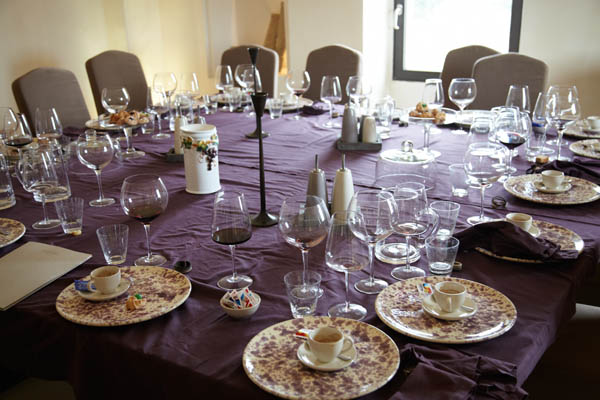



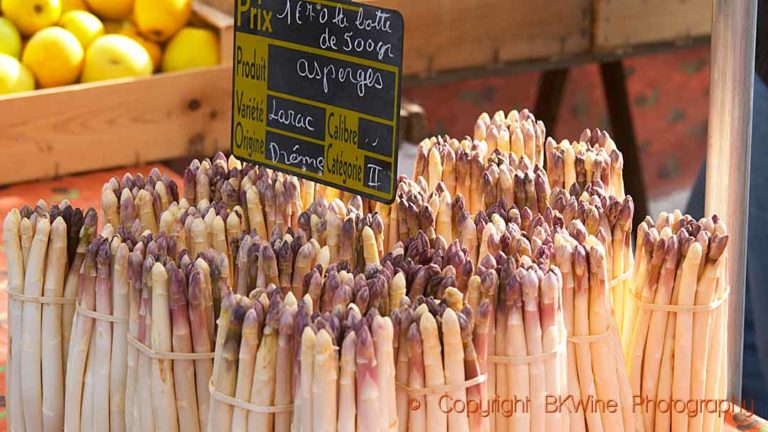
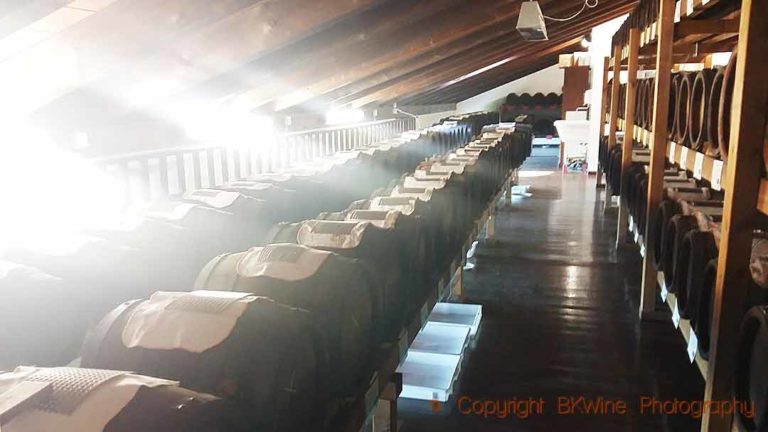
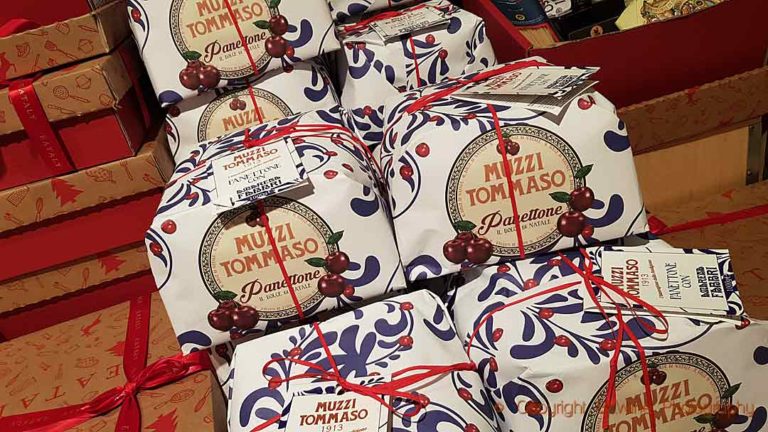





One Response